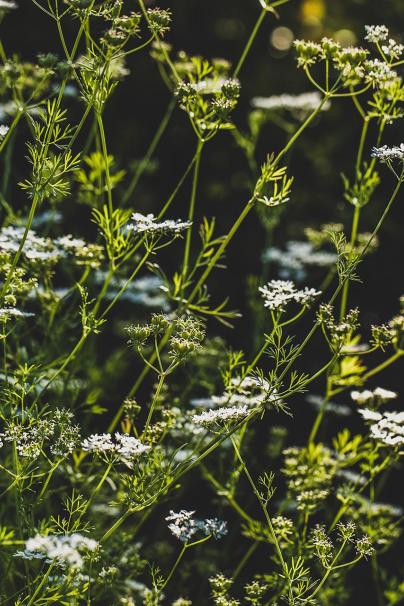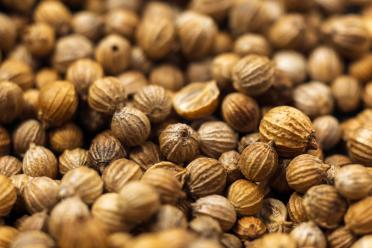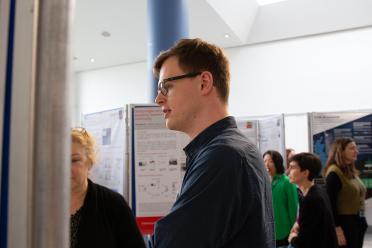Charles Dickinson, a PhD student at the Earlham Institute, is a CASE student with the Norwich Research Park Biosciences Doctoral Training Partnership (NRPDTP), meaning he collaborates with an industry partner on his PhD project.
He is working with seed specialist and plant breeder Elsoms Seeds to explore potential ways to accelerate breeding new coriander varieties.
“I was doing a Master’s in plant breeding at the John Innes Centre, and as part of that, I did a research project on wheat,” he says.
“Since I was already really interested in applying what I’d learned in a breeding context, when I saw the project with Elsoms it immediately appealed to me, especially because it had an industry angle.”
He is working with high-quality genome assemblies to improve understanding of biological variation in coriander.
“Ideally, by the end of my PhD we’ll have developed a panel of genetic markers that a breeding company like Elsoms can use in their programmes. We'd also like to have a clearer characterisation of coriander’s genetic diversity, which would help breeders identify untapped varieties or geographic regions.
“Along the way, we're also producing high-quality genomic resources - useful not just for breeders, but for the wider research community too.”




